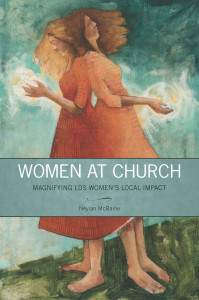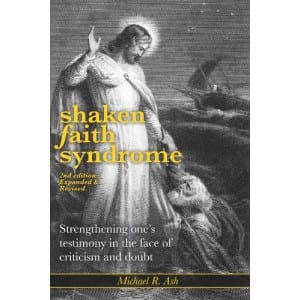Monday sometime, news reports made it clear that (at least for the opponents of The Church of Jesus Christ of Latter-day Saints) Christmas had come a little early. In a post from the, um, Post, we read that, “In a declaration signed under penalty of perjury, Nielsen [a former employee and current whistleblower] urges the IRS to strip the nonprofit of its tax-exempt status and alleges that Ensign could owe billions in taxes. He is seeking a reward from the IRS, which offers whistleblowers a cut of unpaid taxes that it recovers.”
Though at first glance this might seem like a story about someone speaking truth to power, closer examination suggests it is an attempt by someone who doesn’t like the Church of Jesus Christ to tar its reputation. Accusations have been filed with the IRS, but that says nothing of the merit of those accusations. Due process is one of the wonderful ideas embodied in the American system. In news reporting, however, no such standard prevails, and there is often an advantage to be gained by making an accusation and tarring your opponent with it. A substantial first mover advantage exists when attacking an opponent through the news, because reporting accusations and scandal is much more exciting and consequently reaches a larger audience than reporting the resolution of those charges or their refutation.
So why do I think that this story reflects an attempt to attack the Church’s reputation rather than a more narrow desire to right wrongs with regard to the provisions of tax law and the Church’s compliance? One goes to the media when one wants the effect that the media will predictably produce, in this case frenzy leading to reputational damage. Now it’s plausible that the whistleblower is motivated by the prospect of money. As a whistleblower, he has essentially written himself a lottery ticket. In the (frankly improbable) event that the IRS finds that someone managing an investment erred in complying with tax regulations, he stands to receive a percentage of any taxes recovered. Nice work if you can get it. On the motivational end of things, however, there appears to be more to unpack. First of all, I don’t think this is going to pan out very well for him. I’m always open to being corrected by reality, but most of what he has actually claimed amounts to the Church operating frugally, living within their means and saving for a rainy day, consistent with their published statement. Though I can’t rule it out, I would actually be inclined to largely dismiss his financial motivation for doing this, and won’t cover it more in this post. Others have dealt with the claims about the actual financial transactions very capably, notably KSL, and made the case that this is, in essence, a nothing-burger. Beyond the improbable financial outcome, however, several aspects of what was actually published cause me to call into question whether this stunt had any real intent to do anything more than tar the Church for the duration of a news cycle. [Read more…] about Post-Mortem Analysis on this Year’s Exposé Stunt




